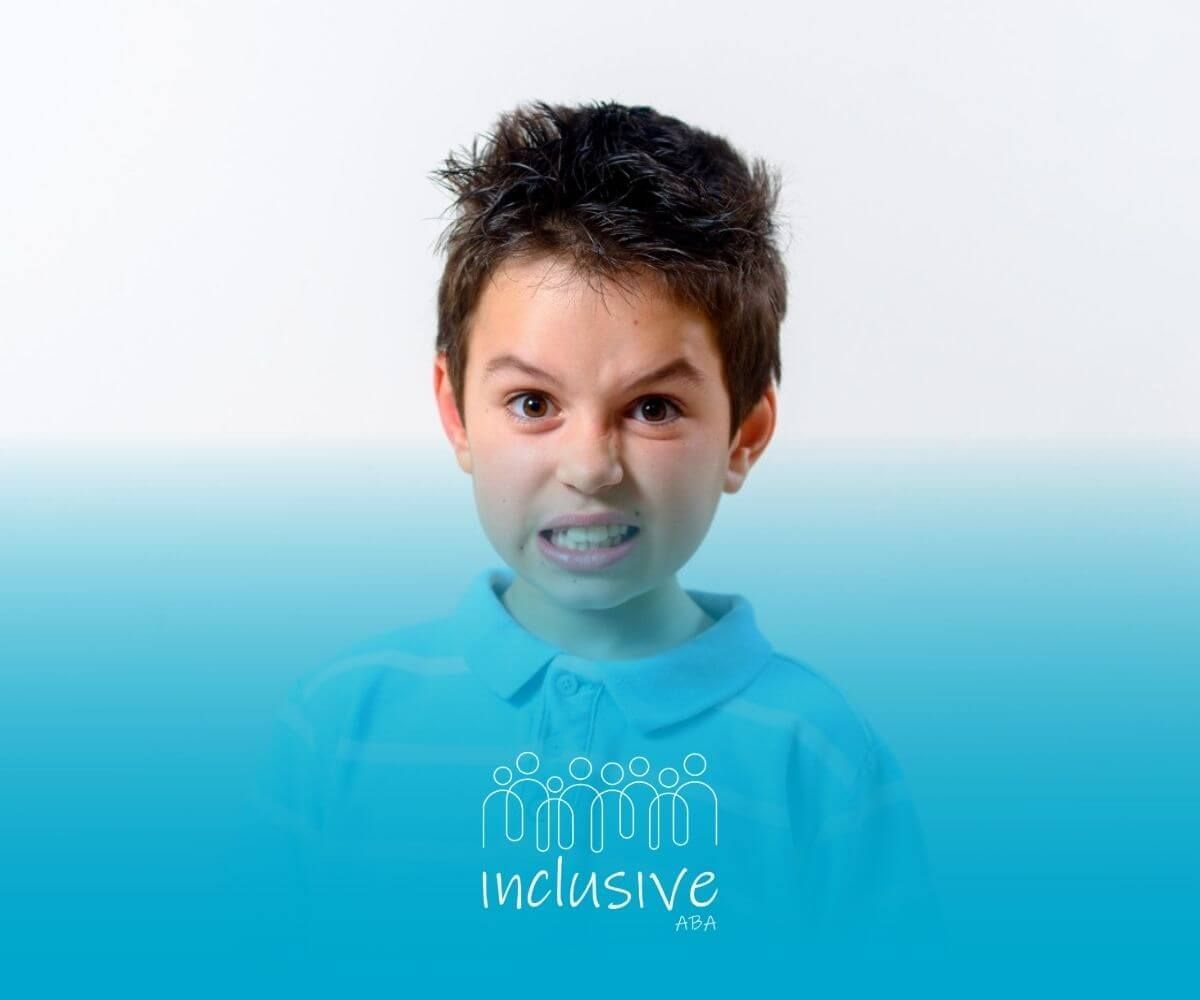How ABA Therapy Differs for Toddlers and Teens
ABA therapy is often talked about for young children, but it’s important to remember that it can help at any age. The way ABA looks for a toddler just learning to communicate is very different from how it looks for a teenager who’s preparing for more independence.
Understanding those differences can help parents set realistic expectations and see the value of ABA throughout their child’s journey.
ABA Therapy for Toddlers
With toddlers, ABA usually focuses on early developmental skills. This might include learning first words, pointing to ask for things, or playing with peers.
A lot of therapy at this age feels like play—it’s built into games, songs, and fun activities that keep little ones engaged. Parents are closely involved too, since daily routines like mealtime and playtime are where so much learning happens.
ABA Therapy for Teens
For teenagers, therapy goals shift to match their stage of life. Instead of first words, the focus may be on social skills, independence, and confidence. A session might include practicing how to start a conversation, planning out homework, or role-playing how to order food at a restaurant.
Many teens also work on life skills like cooking simple meals or preparing for a job interview. ABA with teens often happens in more real-world settings so they can practice where it matters most.
Whether your child is a toddler or a teenager, ABA meets them where they are. For little ones, it builds a strong foundation. For teens, it helps them navigate new challenges and prepare for adulthood.
The approach looks different, but the goal is the same: helping each child grow, thrive, and feel confident in their world.
At Inclusive ABA, we know that every child’s journey is unique. That’s why our programs are tailored to fit each stage of life—whether your toddler is just beginning to communicate or your teenager is preparing for greater independence.
We offer home-based ABA, school-based ABA, and ABA parent training to help families feel supported every step of the way.
We proudly serve families in
Nevada,
Nebraska,
Colorado,
Utah,
Iowa, and
Ohio.
If you’d like to learn more about how ABA therapy can support your toddler or teen, reach out to us today!
FAQs
Is ABA therapy only for toddlers?
No. While early intervention is powerful, ABA therapy is effective at any age, including during the teenage years.
What are the main differences between ABA for toddlers and teens?
For toddlers, the focus is on communication, play, and early learning. For teens, goals shift toward independence, social skills, and preparing for adulthood.
Can parents be involved in both toddler and teen ABA therapy?
Absolutely. Parents are key partners at every stage, whether it’s supporting daily routines with toddlers or guiding teens through real-world practice.
Sources:
- https://pmc.ncbi.nlm.nih.gov/articles/PMC9458805/
- https://pmc.ncbi.nlm.nih.gov/articles/PMC11487924/
- https://www.autismspeaks.org/applied-behavior-analysis
- https://my.clevelandclinic.org/health/treatments/25197-applied-behavior-analysis
- https://www.webmd.com/mental-health/what-is-applied-behavior-analysis
Looking for Expert Help? We're Here for You!
Our compassionate and skilled team is devoted to enhancing your child's development through customized ABA therapy. Let us partner with you to create a supportive environment for your child's success.
Discover how we can help your family thrive with expert ABA therapy.
Related Posts







